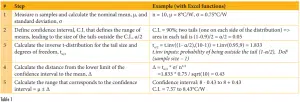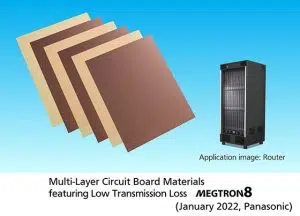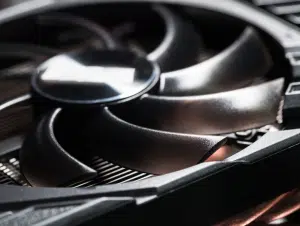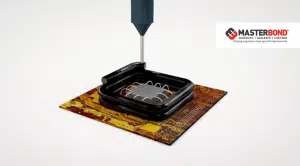The previous articles in this series [1, 2] described how the mean and standard deviations of a set of data are calculated and how they can be used to estimate the characteristics of a population using the normal distribution. Since measured data typically represents only a subset of an entire population, one should recognize that the estimated mean and standard deviation … [Read more...]
Panasonic Develops MEGTRON 8 Multi-Layer Circuit Board Materials Featuring Low Transmission Loss for High-Speed Communication Networking Equipment
Osaka, Japan - Panasonic Corporation announced today that its Industry Company has developed MEGTRON 8[1] Multi-Layer Circuit Board Materials Featuring Low Transmission Loss [2], designed for high-speed communication networking equipment such as routers and switches. The worldwide deployment of the fifth-generation mobile communication system (5G) is fostering the trend of … [Read more...]
Fan Cooling – Part 1: Determining Flow Rate
Authored by Ross Wilcoxon and Genevieve Martin Associate Technical Editors for Electronics Cooling For a number of reasons, including cost, simplicity, power consumption, noise, etc., natural convection is the preferred approach for cooling electronic systems. However, it is often the case that natural convection is simply not sufficient to remove dissipated power … [Read more...]
Statistics Corner: Regression Analysis
Throughout their careers, engineers and scientists are all likely to encounter and utilize the results of regression analysis, which is “a set of processes for estimating the relationships between a dependent variable and one or more independent variables” [1]. In other words, regression analysis uses a set of data to estimate a relationship between the independent … [Read more...]
Protect Electronic Components with Dam & Fill
Sensitive electronic components mounted on a circuit board often require protection from exposure to harsh environments. While there are several ways to accomplish this, the dam and fill method offers many benefits. Dam-and-filling entails dispensing the damming material around the area to be encapsulated, thereby restricting the flow of the fill from spreading to other parts … [Read more...]
- « Previous Page
- 1
- …
- 3
- 4
- 5
- 6
- 7
- …
- 85
- Next Page »








